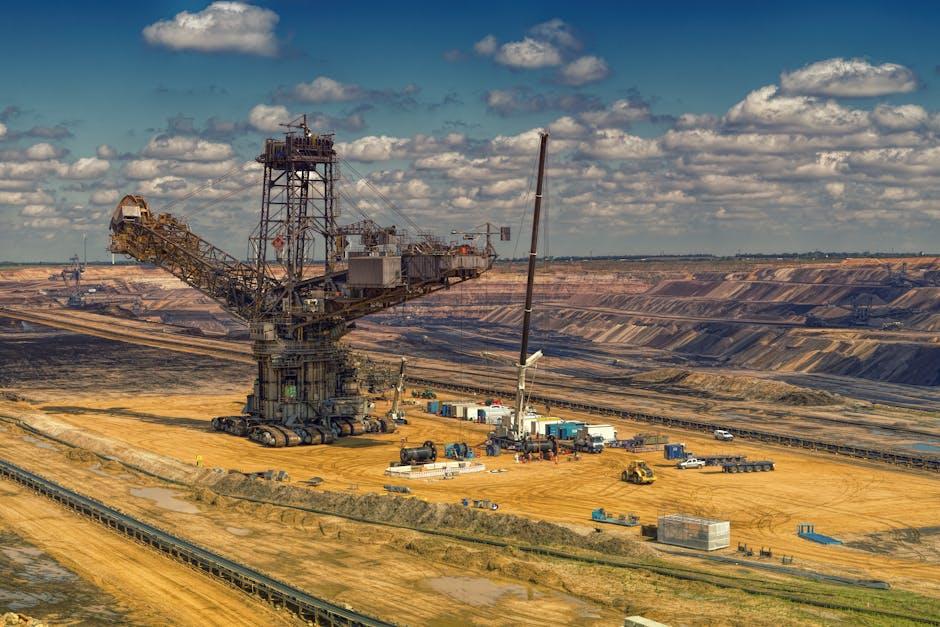Imagine cruising down an open highway, your lifted truck commanding attention with its elevated stance and rugged presence. While the towering tires and beefed-up suspension deliver an undeniable edge on and off the road, there’s a hidden technical detail that often goes overlooked: alignment. But do lifted trucks really require special alignment considerations? As we delve into the mechanics behind lifted rides, this article explores whether the modifications that boost height and capability also demand a tailored approach to maintaining optimal tire and suspension health. Whether you’re a seasoned off-roader or just curious about vehicle maintenance nuances, understanding the alignment needs of lifted trucks is key to ensuring safety, performance, and longevity.
Table of Contents
- Understanding the Impact of Lifted Suspensions on Vehicle Alignment
- Key Differences Between Standard and Lifted Truck Alignment Requirements
- Common Alignment Challenges Faced by Lifted Trucks on the Road
- The Role of Professional Alignment Services for Lifted Vehicles
- Essential Alignment Adjustments to Enhance Lifted Truck Performance
- Maintenance Tips to Prolong Alignment Accuracy in Lifted Trucks
- Q&A
- In Retrospect

Understanding the Impact of Lifted Suspensions on Vehicle Alignment
When trucks are equipped with lifted suspensions, their geometry changes significantly, which directly affects vehicle alignment. The altered suspension height increases the angles of the camber, caster, and toe settings. This shift can cause uneven tire wear if not properly adjusted, leading to reduced tire life and unstable handling. Additionally, lifted suspensions often demand customized alignment specifications to maintain safe and predictable driving dynamics. Without these adjustments, drivers might notice a tendency for the vehicle to pull to one side or experience a rougher ride on typical road surfaces.
It’s important to consider the following key alignment impacts of lifted trucks:
- Camber angle changes: Lift kits usually increase negative camber, which can result in the outer edges of tires wearing faster.
- Caster angle modifications: Proper caster helps with straight-line stability, but lift installs can reduce caster making steering feel less precise.
- Toe adjustments: Misaligned toe settings can cause tires to scrub against the road, accelerating wear.
| Alignment Parameter | Effect of Lifting | Adjustment Recommendation |
|---|---|---|
| Camber | Increased negative camber | Set to factory specs or slightly less negative |
| Caster | Reduced caster angle | Adjust with caster cams if available |
| Toe | Toe-in or toe-out irregularities | Fine-tune for even tire wear |
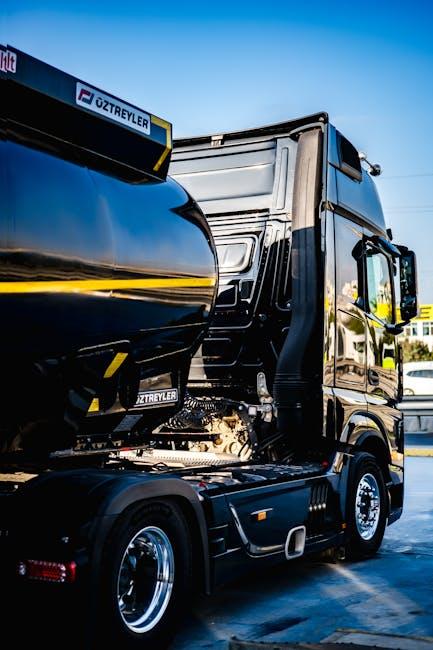
Key Differences Between Standard and Lifted Truck Alignment Requirements
Lifted trucks require a more nuanced approach to alignment than their standard counterparts. The alterations in suspension geometry and increased ride height significantly affect angles such as camber, caster, and toe. Unlike standard trucks, lifted vehicles often experience a wider range of motion in their suspension components, which can lead to unique alignment challenges. The suspension lift kit can change the factory specifications, necessitating custom alignment settings to maintain optimal handling and tire wear.
Standard trucks typically have predefined alignment specs tuned for typical road conditions, but lifted trucks demand adjustments to counteract:
- Altered steering geometry caused by added spacers or extended control arms
- Increased tire clearance which can influence the toe alignment
- Height-related suspension stress that shifts the center of gravity
| Alignment Aspect | Standard Truck | Lifted Truck |
|---|---|---|
| Camber | Factory Specs | Customized Adjustment Required |
| Caster | Preset by Manufacturer | Often Needs Modification |
| Toe | Within Tight Tolerances | May Require Wider Range |

Common Alignment Challenges Faced by Lifted Trucks on the Road
Lifted trucks often experience unique alignment issues that aren’t typically seen in stock vehicles. Because these vehicles have modified suspension systems and larger tires, the angles at which wheels contact the road can easily go out of specification. Common problems include uneven tire wear,
Among the most frequent alignment setbacks are:
- Increased camber deviation: The outward or inward tilt of tires becomes excessive due to lifted suspension components.
- Altered toe settings: Misalignment in the sideways turning of wheels leads to unstable driving behavior.
- Changed caster angles: The tilt of the steering axis can cause poor directional control and uneven tire contact.
| Symptom | Possible Cause | Impact |
|---|---|---|
| Uneven Tire Wear | Incorrect Camber or Toe | Reduced Tire Life |
| Steering Wheel Vibration | Imbalanced Suspension | Driver Fatigue |
| Pulling to One Side | Caster Angle Misalignment | Unsafe Handling |
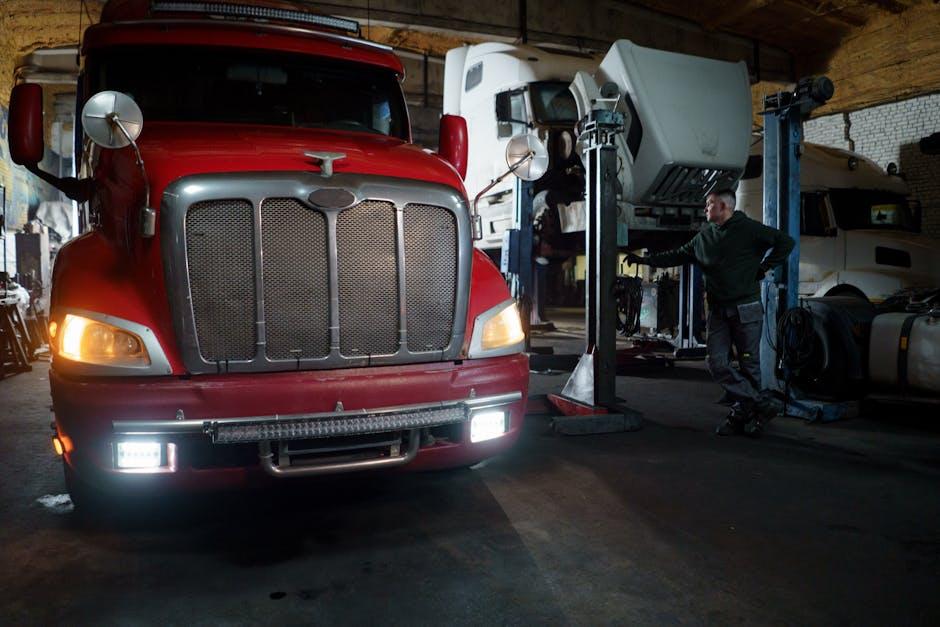
The Role of Professional Alignment Services for Lifted Vehicles
When trucks are lifted, their suspension geometry undergoes significant changes that standard alignment tools and procedures can’t adequately address. Professional alignment services for lifted vehicles ensure that all critical angles—such as camber, caster, and toe—are meticulously adjusted to accommodate the altered suspension dynamics. This expertise helps maintain optimal tire contact with the road, preventing uneven tire wear and improving handling performance, which standard alignment shops might overlook due to lack of specialized equipment and knowledge.
Specialized alignment centers use state-of-the-art technology designed specifically for lifted trucks, often incorporating custom calibration settings tailored to the lift height and aftermarket components installed. Key benefits of professional alignment services include:
- Enhanced Stability: Precise adjustments lead to better control during off-road and highway driving.
- Increased Tire Longevity: Correct alignment reduces premature wear and tear, saving money long-term.
- Improved Fuel Efficiency: Proper alignment decreases rolling resistance, contributing to better gas mileage.
| Alignment Aspect | Typical Lifted Truck Adjustment |
|---|---|
| Camber | Slightly negative to compensate for suspension lift |
| Caster | Increased for steering stability |
| Toe | Set close to factory specs, fine-tuned for tire wear |
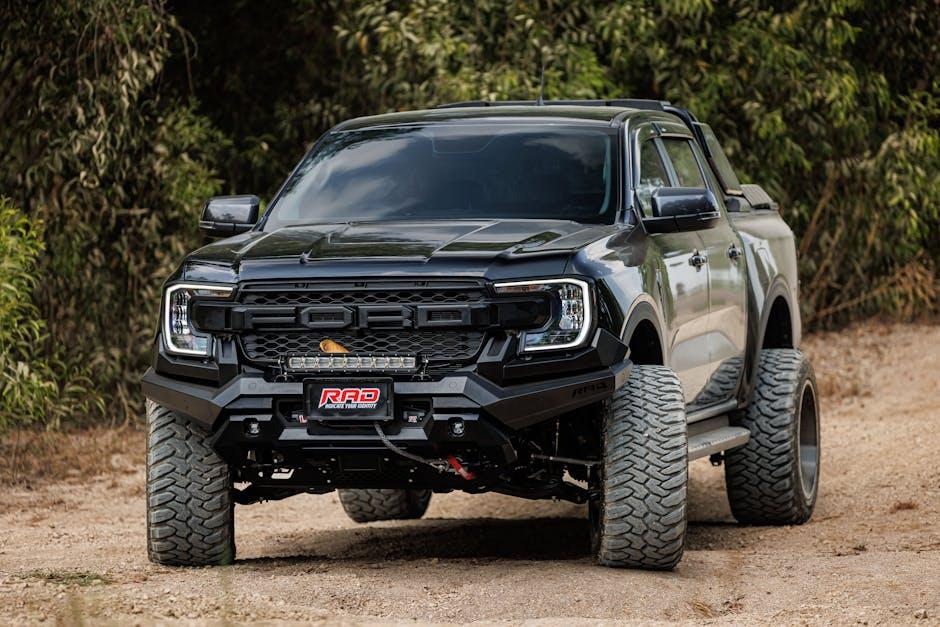
Essential Alignment Adjustments to Enhance Lifted Truck Performance
Lifted trucks often require precision alignment tweaks beyond factory settings to accommodate the altered suspension geometry and increased ride height. Without these tailored adjustments, drivers might experience uneven tire wear, poor handling, and reduced fuel efficiency. Essential changes typically focus on correcting caster, camber, and toe angles to restore proper tire contact and steering response. For example, increasing positive caster not only enhances straight-line stability but also improves cornering performance—a key consideration after a lift kit installation.
Beyond angle corrections, it’s vital to ensure components such as ball joints, tie rods, and control arms are inspected and, if necessary, upgraded to handle the new stresses. The following checklist outlines key points often addressed during alignment services for lifted trucks:
- Camber Adjustment: Realigning wheel tilt for optimal tire contact.
- Caster Angle: Enhancing steering stability and returnability.
- Toe Settings: Preventing tire scrubbing and promoting even tread wear.
- Suspension Component Inspection: Checking for wear or damage post-lift.
| Adjustment | Effect on Performance |
|---|---|
| Camber | Improves tire grip and handling |
| Caster | Enhances directional stability |
| Toe | Reduces tire wear |
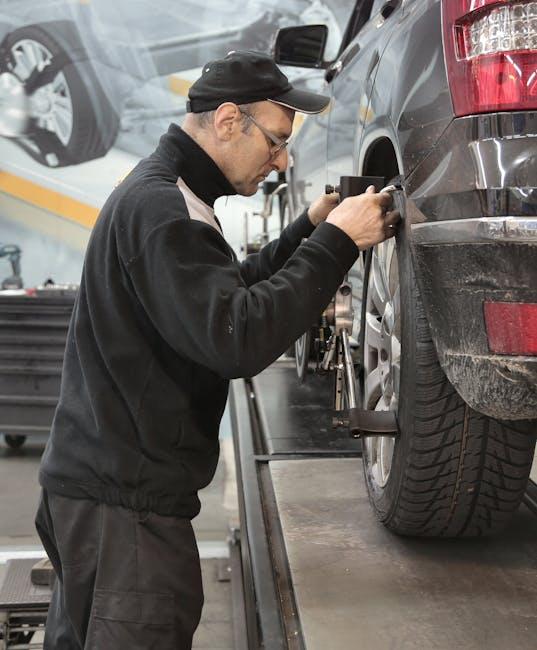
Maintenance Tips to Prolong Alignment Accuracy in Lifted Trucks
Regular inspection and upkeep play a pivotal role in maintaining the precision of your lifted truck’s alignment. With the increased stress on suspension components, it’s crucial to conduct periodic checks on key elements such as control arms, tie rods, and ball joints. Keeping these parts well-lubricated and free from damage prevents premature wear that can skew your alignment. Additionally, rotating tires frequently ensures even tread wear, which contributes to a stable ride and consistent alignment angles. Remember, clean and calibrated sensors and alignment hardware further support accuracy over time.
To keep things organized, use a maintenance checklist tailored for lifted trucks that includes:
- Suspension bolts and mounts: Tighten and inspect for corrosion or wear.
- Tire pressure: Maintain recommended PSI to avoid uneven stress.
- Shock absorbers and struts: Check for leaks or diminished damping.
- Alignment intervals: Schedule professional alignments more frequently than stock vehicles.
| Maintenance Task | Recommended Frequency | Key Benefit |
|---|---|---|
| Suspension Component Inspection | Every 6,000 miles | Prevents component failure |
| Tire Rotation | Every 5,000 – 7,000 miles | Ensures even tread wear |
| Professional Alignment Check | Every 10,000 miles or post-lift | Maintains ride stability |
| Tire Pressure Check | Monthly | Reduces uneven tire stress |
Q&A
Q:
A: Yes, lifted trucks generally require special alignment. When a truck is lifted, the suspension geometry changes, which can affect camber, caster, and toe settings. These adjustments are crucial to ensure proper tire wear, vehicle handling, and safety.
Q: How does lifting a truck affect its alignment?
A: Lifting a truck alters the angles and positions of suspension components. This can cause the wheels to tilt inward or outward (camber), shift forward or backward (caster), or point slightly toward or away from the centerline of the vehicle (toe). Without proper alignment, these changes can lead to uneven tire wear and poor handling.
Q: What alignment specifications are different for lifted trucks?
A: Lifted trucks often require adjustments outside the manufacturer’s standard alignment specs. For example, increased caster angles are common to help maintain steering stability, and camber settings may be altered to compensate for the new suspension geometry.
Q: Can I get my lifted truck aligned at any regular alignment shop?
A: While many alignment shops can perform service on lifted vehicles, it’s best to choose a shop with experience working on lifted trucks. Specialized knowledge and equipment are often necessary to properly adjust the unique suspension setups.
Q: How often should I get alignment done after lifting my truck?
A: Immediately after installation of the lift kit, an alignment is essential. Beyond that, routine alignments at least once a year or after off-road use are recommended to maintain optimal performance and tire life.
Q: What are the risks of not getting a proper alignment on a lifted truck?
A: Skipping proper alignment can lead to rapid and uneven tire wear, decreased fuel efficiency, poor handling, and increased strain on suspension and steering components, potentially compromising safety.
Q: Does the type of lift (body lift vs suspension lift) affect the need for special alignment?
A: Yes. Body lifts typically do not affect alignment since they don’t change suspension geometry, but suspension lifts change the angles and positions of suspension parts, necessitating special alignment adjustments.
Q: Are there any modifications or add-ons that can help with alignment on lifted trucks?
A: Yes. Components like adjustable control arms, drop brackets, and alignment cam bolts can aid in fine-tuning alignment settings on lifted trucks to optimize handling and tire wear.
Q: Can alignment improve both on-road and off-road performance for lifted trucks?
A: Absolutely. Proper alignment enhances steering precision, tire longevity, and fuel economy on-road while ensuring better control and stability during off-road adventures.
In Retrospect
In the world of lifted trucks, where style meets off-road performance, proper alignment is more than a routine—it’s a necessity. The altered suspension geometry demands attention to detail to maintain ride quality, tire life, and safety on any terrain. Whether you’re navigating city streets or rugged trails, investing in a special alignment tailored to your lift ensures your truck drives as confidently as it looks. After all, the height you gain should never come at the cost of control. So, if your truck stands tall, make sure its alignment stands up to the task.
